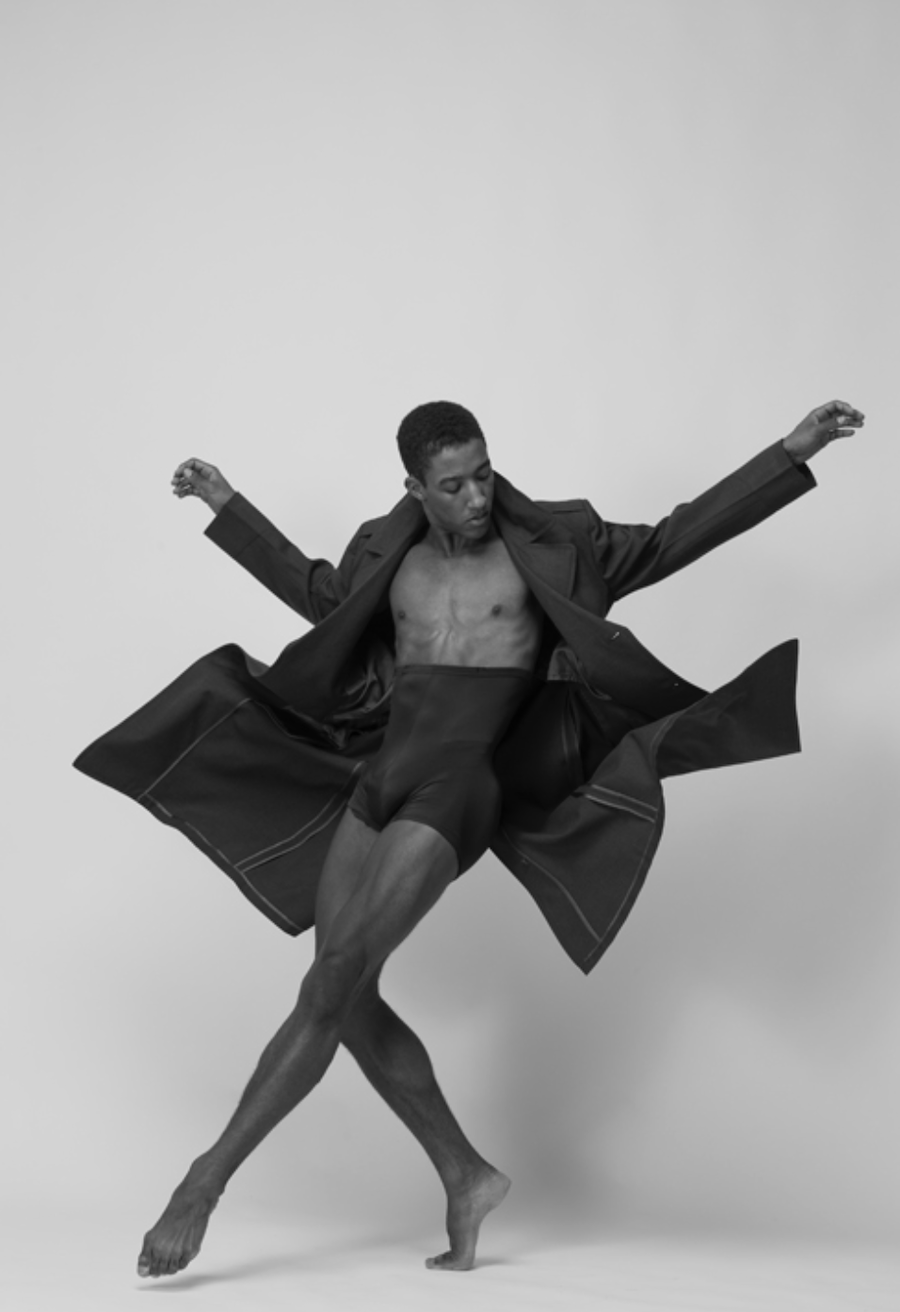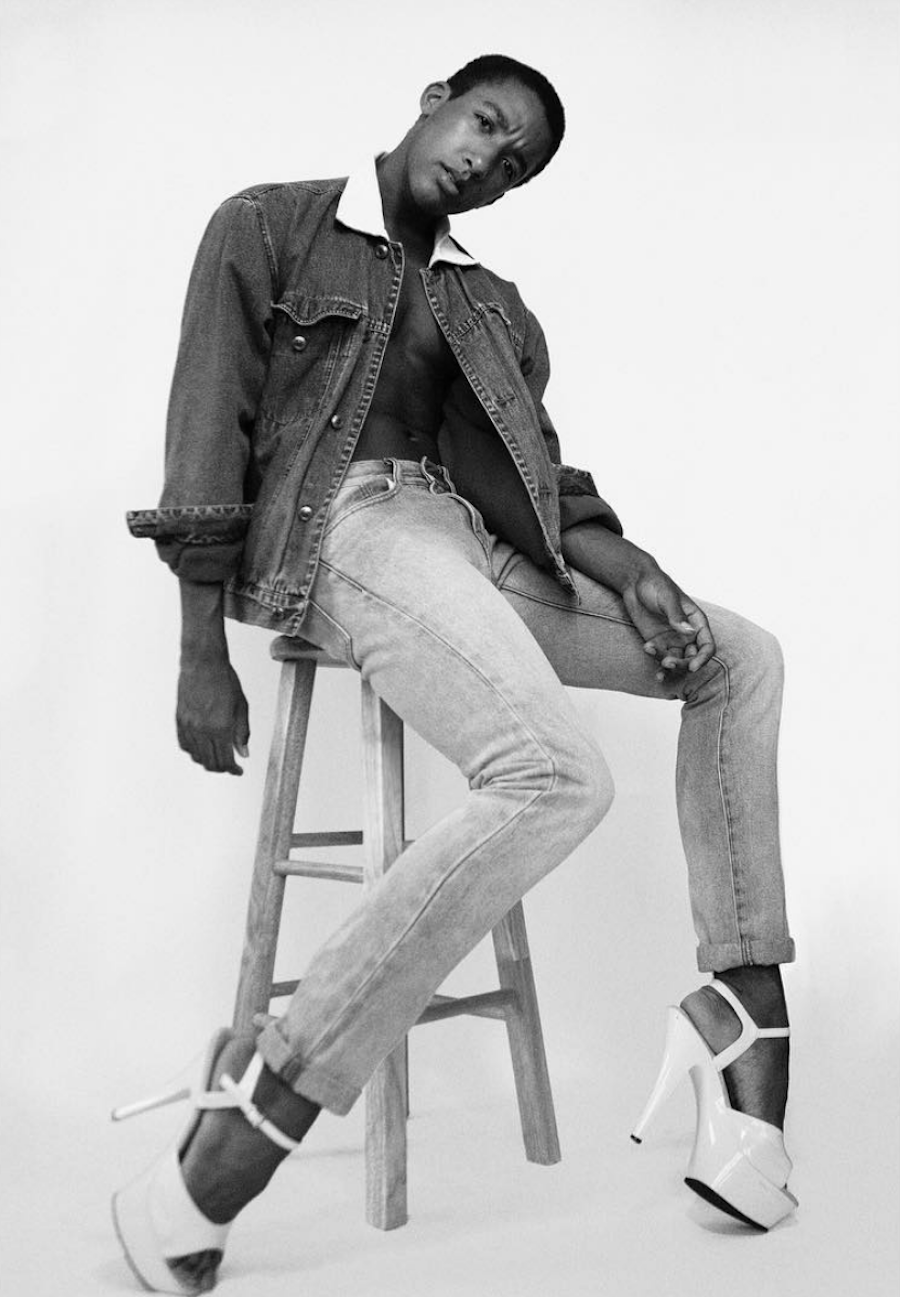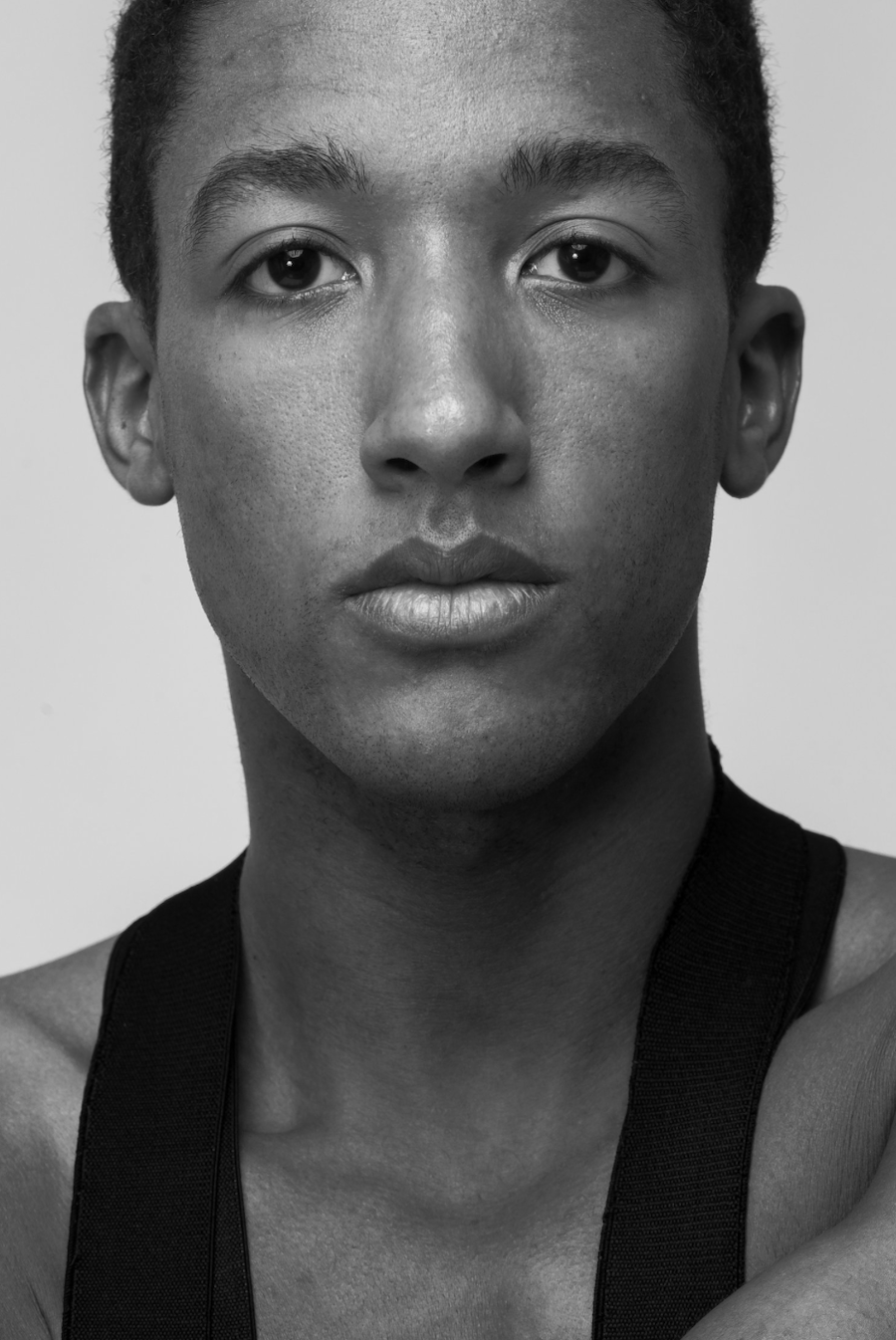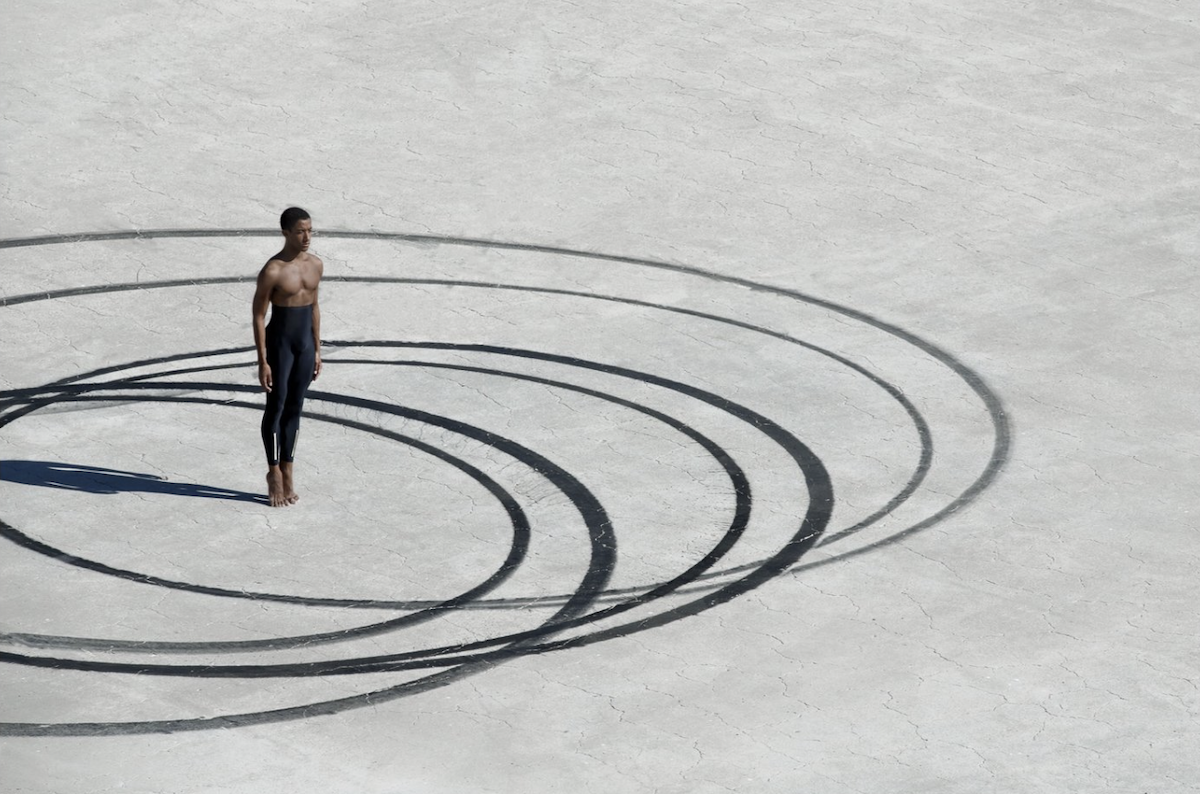Monaco Life, in partnership with the Princess Grace Foundation-USA, is proud to present a monthly series highlighting the lives and artistic work of the Princess Grace Foundation-USA’s illustrious Award winners. In this month’s exclusive interview, Princess Grace Foundation-USA’s Chief Program Officer Diana Kemppainen sits down with Princess Grace Award winner Harper Watters (Dance 2015).
Harper Watters is a First Soloist with Houston Ballet. In addition to his work as a ballet dancer, Harper has made a name for himself on social media – where the videos of him dancing in towering pink heels made him a viral sensation – and as an advocate for social change. Harper serves as a role model dedicated to empowering those in his communities to live in their authentic expression.
In conversation, Harper talks about bringing his authentic self to the art of ballet, the balance between professional dancer and social media sensation, and what celebrating PRIDE means to him this year.
You grew up in New Hampshire, tell us about your dance journey and how you come to Houston Ballet.
I grew up in New Hampshire, but I was born in Atlanta, Georgia. I was adopted at two weeks old, and both my parents were university English professors. I was very lucky; I was constantly brought to performances and immersed in media and arts at a young age. My dad taught at the University of New Hampshire and Alvin Ailey American Dance Theater came to perform. That will always have a real impact on my memory, seeing that company and particularly the male dancers. I wanted to emulate that.
There was a dance studio next to where my mom got her hair done, and I would always watch the girls in the window. I knew I could be like the Ailey dancers if I danced there, and that was my first introduction to dancing. I just had a knack for it and wanted more and more. At the advice of my teachers, I joined Walnut Hill School for the Performing Arts at 14, and that’s really where I got my first introduction to the professional ballet world.
On coming to Houston Ballet:
I came to Houston Ballet in the summer of 2009 for a summer intensive, and after that summer I was offered a second company contract and went on to join the company in 2011. This is my 12th season with the company, and in 2021 I was promoted to First Soloist.
On his Princess Grace Award:
In 2015 when I received the Princess Grace Award, that was a pivotal moment in my career. It unlocked a lot of confidence and reassurance to be recognised by such a prestigious organisation, and I attribute a lot of my success to the Princess Grace Foundation.

You’re a First Soloist at Houston Ballet – the first Black queer man to hold that rank at Houston Ballet. Speak a little about what that means to you and the industry at large.
It means so much. It’s something that I don’t think I initially set out to achieve. But to have that honour, especially with the legacy of Houston Ballet and Lauren Anderson [one of the first African American ballerinas to become a Principal Dancer at a major U.S. ballet company], it feels like I’m part of something really special that happens in this company. I am lucky that Lauren is here all the time, and that she’s like my ballet fairy godmother. I really stand and dance on her shoulders; the walls and barriers that she’s broken down.
I owe so much to this organisation [Houston Ballet] for giving me the space to be myself; to embrace who I am, and to support and uplift me and give me roles that allow me to grow. You know, dance can have a sort of a rigid and antiquated reputation; but to be the dancer I am, that looks like me and have Houston Ballet say, ‘We believe in you, and we want you to flourish.’ That really means a lot.
I just set out to do the best dancing that I can do, to show up every day to work really hard. And a part of that comes from being in a space that lets me do that. So, I’m really proud; I don’t take it lightly. And I still have one more rank to achieve.
Ballet, especially older classical work, has a lot of traditional gender roles and stereotypes. How do you choose to imbue those roles with your personality and artistry, and what is the conversation with the artistic leadership at Houston Ballet?
The first time I had that conversation came when I made my debut as the Prince in The Nutcracker. That was my first big role leading a ballet and I was so nervous and focussed on the double tours, the pirouettes, and all the technical aspects, but when really when I dug into it and started rehearsing it, I found that the challenge for me personally was being the prince. I thought I had to be the Disney prince that I didn’t look like or that doesn’t exist. I had to have trust and confidence in the exploration of figuring out who I am as the prince. It really comes from myself and the vulnerability and patience to trust the process, not hold back and put myself out there. And then in a weird way that made the technical aspects better.
It’s such a physical feat to do a three-act ballet, but you start realising that the step like an arabesque isn’t that arabesque that we train for years and years; the arabesque is a word, or an emotion. When you put yourself into the character and you immerse yourself into it, you start using your body and the steps to tell the story and it becomes less physical, and it has more intention behind it.
In 2015, when I applied to the Princess Grace Awards, I was filming my work sample which you have to record in one take. I was rehearsing with my director Stanton [Welch] and in the middle of rehearsing, I fell out of a turn and stopped. He turned the music off, and he looked at me, and he said, ‘You’re never going to get the perfect wave. It’s about riding the wave you’re given.’ That really shifted my perception of how I approach my dancing. I always hold on to that moment. And that was a moment that the Princess Grace Awards gave me.

What are the dream roles or choreographers you hope to work with?
When it comes to characters like Romeo, or the prince in Cinderella, those are the types of roles I want to do to shift people’s perceptions of what or how these characters look like. When I first joined Houston Ballet and was a younger dancer, I always would tell myself, ‘Oh, I don’t want to do a lead in a ballet. I just want to be a soloist.’
Ultimately, I realised that I was protecting myself and now having a taste of it [dancing lead roles], I realise that I do want those roles and I want to put my imprint on it. I’m reminded of dancers like Marcelo Gomes, James Whiteside, and people who live very authentically, but take on these roles as well. That’s really inspiring to me.
You have over 245k followers on Instagram and over 500k followers on TikTok. On both platforms you’ve gone viral a few times – the first being your walking in heels on the treadmill. What makes you embrace social media and how does it elevate your work?
I am just a pop culture, social media-obsessed person. I love media. I love fashion. I’m always curious for inspiration and new information. I primarily look at social media like Instagram and TikTok and YouTube not just for sharing what I do, but to discover what other people are doing. I find it to be an incredible resource of inspiration and as a way of self-expression.
When Instagram came around, I felt like where I was in the company, I had to turn down certain aspects of myself because that was my idea of how I could succeed to get to the top. Social media was a way for me to express myself and bring out those aspects.
On the viral heels moment:
The heels on the treadmill started with my friends in the company at the time, and I was nervous to share it. And looking back, I realise it felt so authentic and it was a tool to tap into and examine the feeling you get when you are very unapologetically yourself. Once I went viral, I leaned into the natural wave of it. I felt like a star and felt the need to continue giving this on any platform.

On being a dancer first:
I can see the case where someone would say I’m an influencer. But I value my career as a dancer. First and foremost, because I think that I would go insane if I didn’t have something to kind of offset the social media likes, followers, all those elements of it. And so, I tune into social media in a way that works in tandem with my career as a dancer. Each one relies on the other in a weird, creative way. But I will always continue to explore on those platforms.
You’ve worked with brands like Ralph Lauren, Anthropologie, and even had a salad partnership with Sweetgreen. Tell us what it’s like when you get approached by these brands and how you decide who to work with.
I started working and getting these offers on a smaller scale. As I progressed and momentum built, it was just me fielding these contracts. I had no idea about money and no idea of the value of my worth. Ralph Lauren was my first big campaign and they asked how much I wanted, I gave a number, and it was very low. That sparked a conversation about representation. I’ve found someone who has guided me to work with brands that authentically fit who I am and what I represent.
I really believe in visibility as currency. And it’s been my unofficial mission to increase visibility on what a ballet dancer looks like and can achieve. I’m not your conventional classical ballet dancer. And so, if I can increase my audience by working with brands and companies that’s a big win for me.
June was PRIDE month, and this year marks the 2nd year Monaco has officially celebrated PRIDE. What does the month mean to you?
Every year I’m asked this question, and it means something different every year. The first PRIDE I experienced was in Houston when I was 18-years-old. I thought it was a party celebration. And then over time you understand why we celebrate PRIDE, you learn about the riot, and that we stand on the backs of Black trans women and advocates who were fighting.
I recently went through being attacked online for one of my videos. And it seems like we’ve gotten to this point where simply being ourselves or doing what we love on our own is some sort of protest. So for me, PRIDE this year has to be about advocating for others – minority and disenfranchised groups – and doing it in a way that celebrates ourselves.
Who knew that being a Black, queer person and showing up in a ballet company would be an act of protest and having to take pride in that would be such a statement. This PRIDE, I’m trying to live my life to its fullest and loudest and dance the best I can onstage. That in itself is a PRIDE event.
Any final words for the Monaco community?
I’m always very grateful to be included in these stories and interviews. As I said earlier, visibility is currency and I’m so grateful whenever my work is shared via the Princess Grace Foundation. I’ve always felt so supported by the Foundation which means so much to me and I express so much gratitude.
Follow Harper on Instagram and TikTok.
Make sure you’re never left out of the conversation. Sign up for the Monaco Life newsletter, and follow us on Facebook, Twitter, Instagram and LinkedIn.
Main photo credit: Rob Daly
